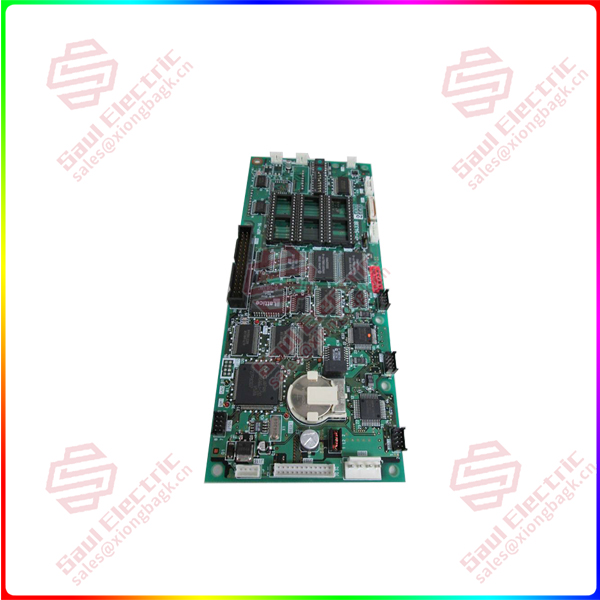Excellent connection performance to help photovoltaic power generation meet stringent operational challenges
P-5433B With the rapid increase in the penetration rate of distributed photovoltaic, the application scenario has expanded from the ground with a wide area and sparse population to industrial and commercial enterprises and gas stations with high electricity load and dense people. The diversified application scenarios put forward higher requirements for the energy reliability of photovoltaic power stations and the safety and performance of key connecting devices. Industry customers expect front-end aspects such as power plant design and installation to avoid problems that may cause failures in advance. The SOLARLOK series photovoltaic connectors exhibited by TE Energy Division play a key role in the DC input side of the inverter of the photovoltaic power station, helping to ensure the stable operation of the system. From the selection of product materials, product durability testing to product life cycle simulation, all are to shape the SOLARLOK series of durable, reliable and stable product performance. For example, the contact terminal design process used in this series can effectively reduce the contact impedance and reduce heat, so as to ensure the safe operation of customer products during the whole life process, ensure the stable input of voltage and current, and achieve long-term low resistance stable operation, providing a solid guarantee for the stable operation of the photovoltaic system.

P-5433B
P-5433B In the context of the rapid development of the photovoltaic energy storage industry, the upstream and downstream of the industry are constantly emerging demands for cost reduction and efficiency improvement. TE Energy developed and launched the fast connector product SOLARLOK 2.0 photovoltaic repair connector to help the industry achieve cost reduction and efficiency with a reliable and durable plug and play solution. The product not only has the reliability and durability of PV4-S, it can reduce installation time by up to 80% compared to industry standard photovoltaic connectors. This remarkable progress effectively reduces the economic loss and social impact caused by power interruption, greatly improves the reliability and stability of the power system, and provides a strong power guarantee for the sustainable development of society.
 1 Year Warranty
1 Year Warranty





